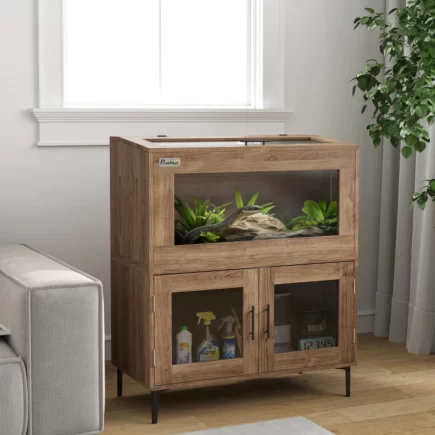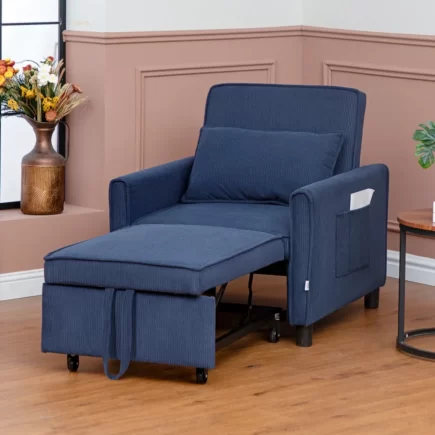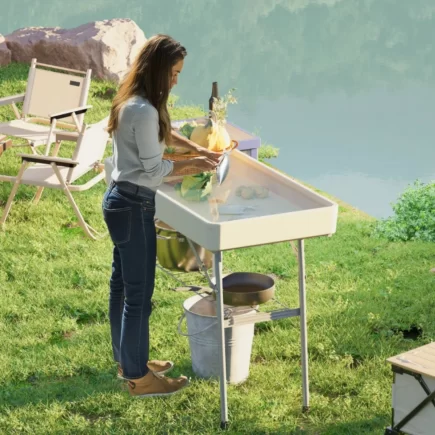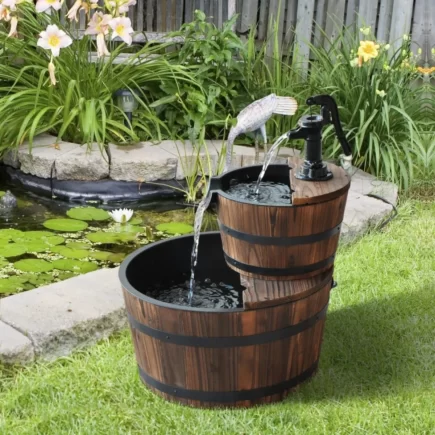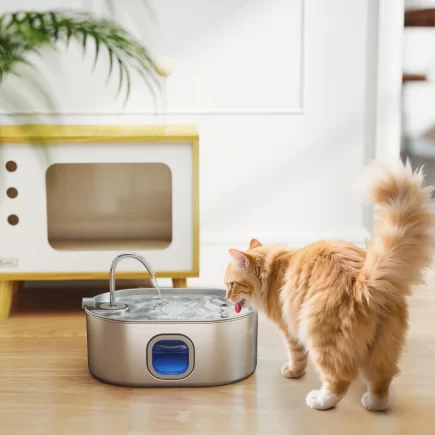A kitchen island is the centerpiece of your culinary space, a gathering point, prep station, and design focal feature all in one. But with regular use comes an inevitable mess. Crumbs, spills, grease, and daily clutter can quickly make your beautiful island look worn out and uninviting. That’s why knowing how to properly clean your kitchen island isn’t just about keeping it looking nice, it’s about preserving its material, function, and value for years to come.

In this expert guide, we’ll break down step-by-step cleaning methods tailored for every surface type, including wood. Whether you’re tackling sticky messes or doing regular upkeep, these instructions are easy to follow and designed to make your cleaning routine more effective.
Step 1: Choose the Right Cleaning Tools
Different materials require different tools. For general cleaning, gather these essentials:
| Tool | Purpose |
| Microfiber Cloth | Gently lifts dirt and absorbs moisture without scratching |
| Mild Dish Soap | Breaks down grease and grime safely |
| Warm Water | Used with soap to clean most materials |
| Spray Bottle or Bowl | Convenient for mixing and applying cleaning solutions |
| Soft Sponge or Pad | Helps remove dried-on spills without damaging the surface |
| Dry Towel | Final drying step to prevent streaks and water spots |
Step 2: Clear the Surface
Start your cleaning routine by removing everything from your island. This includes:
- Small appliances like blenders or toasters
- Decorative items like bowls, trays, or candles
- Loose utensils or cutting boards
- Any food remnants, packaging, or crumbs
Clearing everything off ensures you can clean every inch of the surface without obstruction. As you remove each item, give it a quick wipe-down so it doesn’t bring back dirt when returned.

Step 3: Make a Safe Cleaning Solution
For most surfaces, a basic cleaning mix of dish soap and warm water is effective and gentle.
Simple Cleaning Solution
- Mix 1 teaspoon of mild dish soap with 2 cups of warm water
- Add a few drops of essential oil (like lavender) for a pleasant scent
Pour the solution into a spray bottle or dip your cloth directly into the bowl, wringing it well to prevent soaking.
Important: Avoid acidic ingredients like vinegar or lemon on stone surfaces such as granite and marble.

Step 4: How to Clean a Wood Kitchen Island
Dust the Surface
Begin by gently dusting the entire wood kitchen island with a dry microfiber cloth. This removes dirt, crumbs, and debris that can scratch the surface when wiped. Pay special attention to corners, joints, and decorative details where dust often accumulates.

Wipe with Mild Soap Solution
Mix mild dish soap with warm water. Dip a soft cloth into the solution and wring it out until only slightly damp. Wipe the surface along the wood grain using light pressure. Avoid oversaturating the cloth to prevent water damage.

Rinse and Dry Immediately
Use a second cloth dampened with clean water to rinse away soap residue. Follow up with a clean, dry towel to completely dry the surface. Never allow wood to air dry, as lingering moisture can cause warping, staining, or mildew.
Condition Monthly
Once a month, nourish your wood island by applying food-safe mineral oil or beeswax. Rub the oil evenly across the surface using a cloth. Let it soak in for about 30 minutes, then buff dry to maintain shine and moisture balance.
Step 5: Sanitize the Surface Safely
Once your island is clean, it’s time to disinfect:
- Use a food-safe disinfectant spray or prepare a bleach solution (1 tbsp bleach per quart of water).
- Spray evenly across the surface.
- Let sit for 3–5 minutes to kill bacteria.
- Wipe clean with a damp cloth or allow it to air dry.
Tip: Sanitize after handling raw food or sticky spills.
Step 6: Dry the Surface Completely
Moisture can lead to bacteria, discoloration, or surface damage. Drying is crucial:
- Use a dry microfiber towel to go over the entire surface.
- Pay extra attention to seams, edges, and base areas.
- Never let surfaces air dry when made of wood or stone.
Tip: Keep a dedicated drying towel separate from your cleaning towel.
Spot Clean Stains and Gunk
When you encounter a tough, dried-on stain, use this method:
Baking Soda Paste Method:
- Mix 1 tablespoon baking soda with a few drops of water to create a paste.
- Apply the paste to the stained area and let it sit for 5–10 minutes.
- Gently scrub with a soft cloth.
- Wipe off with a damp cloth and dry thoroughly.

Do not use marble or delicate polished stone without confirming it’s safe.
Tip: This method is great for removing coffee rings, sticky food residue, or grease spots without damaging the surface.
Weekly vs. Daily Cleaning Needs
- Daily cleaning involves wiping down the surface with a mild soapy solution to remove crumbs, spills, and fingerprints especially after food prep or meals. This keeps bacteria at bay and maintains a tidy appearance.
- Weekly cleaning, on the other hand, should be more thorough. It includes clearing the entire island, cleaning under items, wiping down the sides and base, disinfecting high-contact areas, and polishing if the surface requires it.
A clean Kitchen Island not only enhances the look of your space but also supports better hygiene, functionality, and longevity. By using the right tools, safe cleaning solutions, and proper methods for your island’s surface material, you can maintain its beauty and performance with minimal effort. Incorporating both daily and weekly cleaning routines ensures that your island stays free from stains, buildup, and bacteria.
FAQs
1. What’s the best way to keep the island clutter-free between cleanings?
Use trays or baskets to group everyday items like salt shakers, utensils, or oils. This makes it easier to move everything off the surface for quick cleaning and helps keep clutter organized.
2. Is there a difference between disinfecting and sanitizing my island?
Yes. Sanitizing reduces bacteria to safe levels, while disinfecting kills a broader range of germs, including viruses. Disinfect after raw food prep; sanitize regularly for routine use.
3. How do I clean under-mounted sinks or cutouts in kitchen islands?
Use a narrow brush or toothbrush to reach crevices and edges. Clean with warm soapy water, then dry thoroughly. Ensure no water sits in grooves, especially if the surrounding surface is wood or unsealed.

